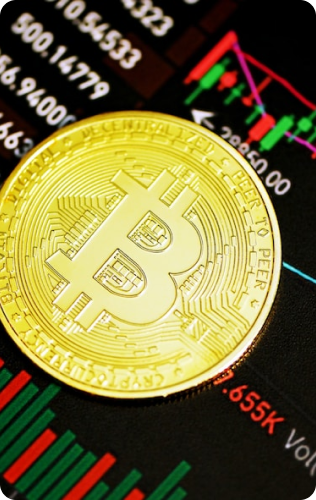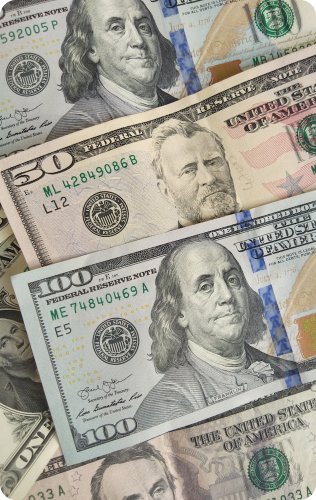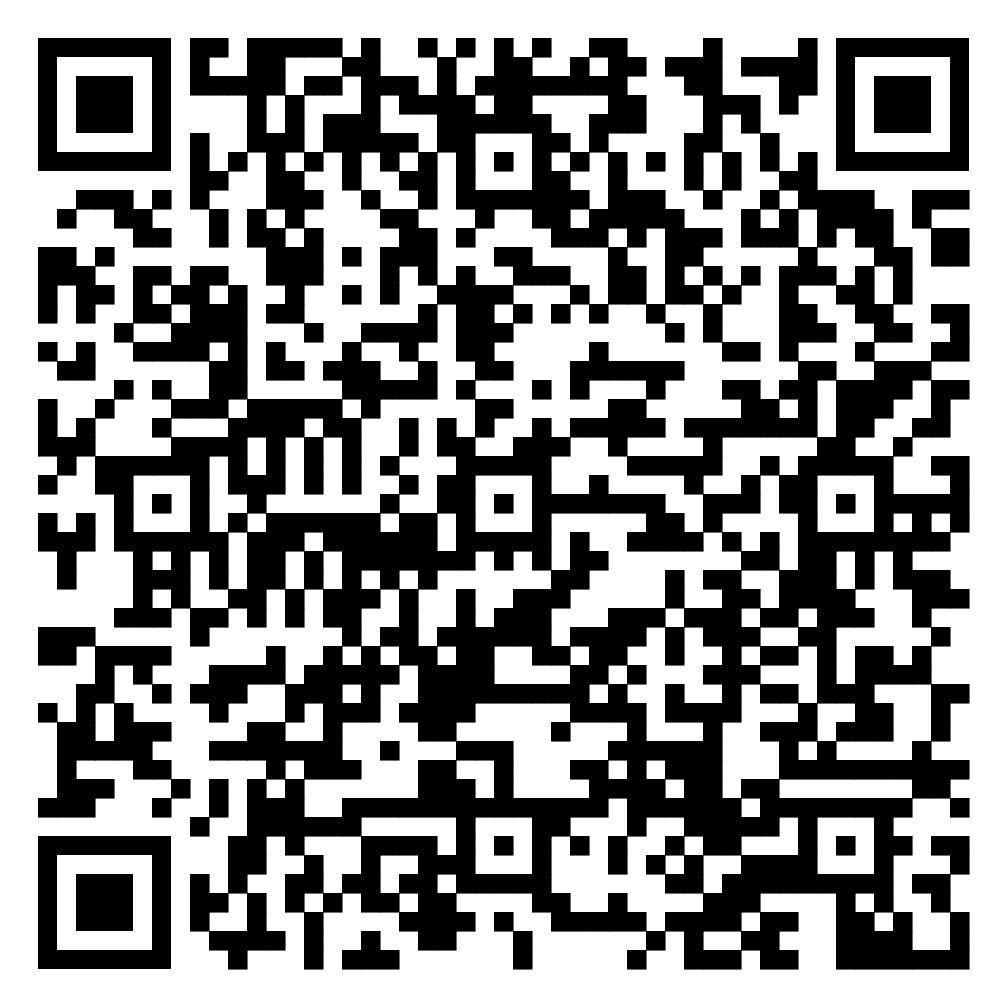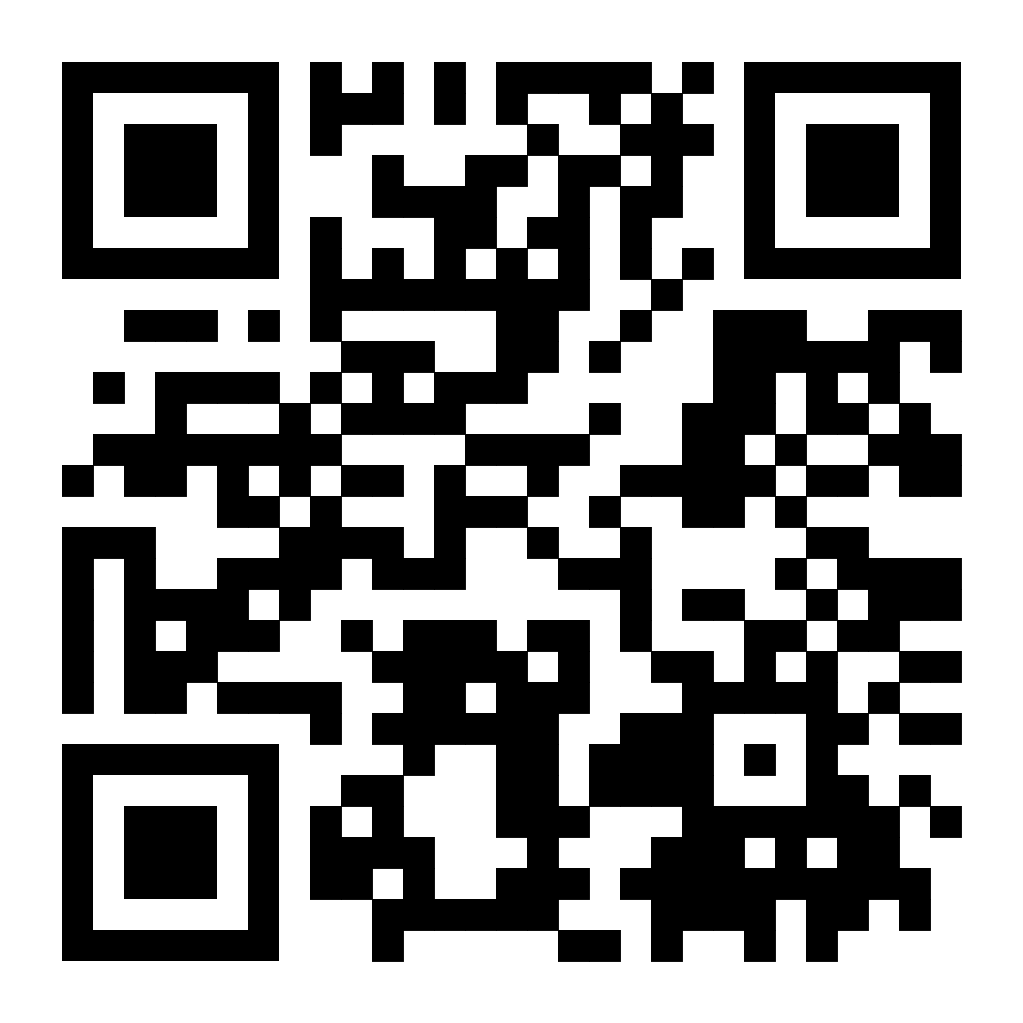






Access 300+ global CFDs
with $2.50 commission per side
Majors, Minors and Exotics, Forex, Spot Metals and Energy, Indices and ASX-listed Stocks, and US Stocks
MetaTrader 5 is now
at BCR
A powerful platform with everything you need to bridge the Global Markets
300 AUD
Products
30:1
Max Leverage
300 AUD
Minimum Deposit
0.0+
Spreads
24/5
Client Service
Trade on Spreads from 0.0+ pips. No requotes. Trade with our diverse and deep liquidity
Trade Majors, Minors and Exotics, Forex, Spot Metals and Energy, Indices and ASX-listed Stocks,and US Stocks in one BCR Account.
Commodity CFDs
Trade Gold, Silver, Brent and WTI Oils with BCR. A customized mini contract is available for Silver.
Share CFDs
Trade Australian and the U.S. shares with leverage. Through our diversified liquidity partners, BCR is able to bring market depth directly from HKEX, ASX and CBOE.
Index CFDs
BCR offers multiple CFD products covering major stock market indices from the UK and Europe, APAC and the U.S.
Forex CFDs
Trade 40+ Majors, Minors and Exotics with BCR, and benefit from our competitive spreads, $2.50 commission per side and up to 30:1 leverage.
Metals CFDs
Take a glance at our competitive spreads for Gold and Silver trade with BCR.
Commodity CFDs
Trade Gold, Silver, Brent and WTI Oils with BCR. A customized mini contract is available for Silver.
Share CFDs
Trade Australian and the U.S. shares with leverage. Through our diversified liquidity partners, BCR is able to bring market depth directly from HKEX, ASX and CBOE.
Index CFDs
BCR offers multiple CFD products covering major stock market indices from the UK and Europe, APAC and the U.S.
Forex CFDs
Trade 40+ Majors, Minors and Exotics with BCR, and benefit from our competitive spreads, $2.50 commission per side and up to 30:1 leverage.
Metals CFDs
Take a glance at our competitive spreads for Gold and Silver trade with BCR.
Customized MetaTrader 4 and MetaTrader 5 from BCR have all the powerful tools that you need to trade on both Windows and mobile devices.
BCR is your best choice of intra-day traders, scalpers, copytrade, and robots.
Our dedicated client support team is available 24/5, and our premium account managers have even more availability.

Asia-Pacific Markets Mixed as Tech Rebound on Wall Street Lifts Sentiment
Asia-Pacific equities were broadly mixed on Tuesday, with investor sentiment supported by a sharp rebound in U.S. tech shares and renewed expectations of a potential Federal Reserve rate cut in...
Asia-Pacific equities were broadly mixed on Tuesday, with investor sentiment supported by a sharp rebound in U.S. tech shares and renewed expectations of a potential Federal Reserve rate cut in...

With the U.S. government finally reopening after a six-week shutdown, investors are now turning their attention to the backlog of economic data due in the coming days. However, expectations for...
With the U.S. government finally reopening after a six-week shutdown, investors are now turning their attention to the backlog of economic data due in the coming days. However, expectations for...


2025-10-09 18:34:13
The website hxxps://eztradeglobal[.]com is not affiliated with our company.
Our only official website is au.thebcr.com .
If you ever doubt the legitimacy of a website, please check the ASIC Investor Alert List.
Tip: Always verify domain spelling and use bookmarks for trusted sites.
Ready to get started?
Subscribe to our Newsletter
Subscribe to our Newsletter
Risk Disclosure: Trading Contracts for Difference on margin carries a high level of risk, and may not be suitable for all investors. By trading Contracts for Difference, you could sustain a loss of all your deposited funds. BCR makes no recommendations as to the merits of any financial product referred to on our website, emails, or related material(s). The information contained on our website, emails, or related material(s) does not take into consideration prospective clients' trading objectives, financial situations, or investment needs. Before deciding to trade the Contracts for Difference offered by BCR, please ensure that you have read our Product Disclosure Statement , Financial Services Guide , Target Market Determination and have sought independent professional financial advice to ensure you fully understand the risk involved before trading.
"BCR" is a registered business name of Bacera Co Pty Ltd, Australian Company Number 130 877 137, Australian Financial Services Licence Number 328794.
Business Address: Suite 3, Level 18, 201 Elizabeth Street, SYDNEY NSW 2000 | Registered Address: Level 1, 6-10 O'Connell Street, SYDNEY NSW 2000
The information on this site is not directed at residents of any particular country outside of Australia and is not intended for distribution to, or use by, any person in any country or jurisdiction where such distribution or use would be contrary to local law or regulation.
Risk Disclosure: Trading Contracts for Difference on margin carries a high level of risk, and may not be suitable for all investors. By trading Contracts for Difference, you could sustain a loss of all your deposited funds. BCR makes no recommendations as to the merits of any financial product referred to on our website, emails, or related material(s). The information contained on our website, emails, or related material(s) does not take into consideration prospective clients' trading objectives, financial situations, or investment needs. Before deciding to trade the Contracts for Difference offered by BCR, please ensure that you have read our Product Disclosure Statement , Financial Services Guide , Target Market Determination and have sought independent professional financial advice to ensure you fully understand the risk involved before trading.
"BCR" is a registered business name of Bacera Co Pty Ltd, Australian Company Number 130 877 137, Australian Financial Services Licence Number 328794.
Business Address: Suite 3, Level 18, 201 Elizabeth Street, SYDNEY NSW 2000 | Registered Address: Level 1, 6-10 O'Connell Street, SYDNEY NSW 2000
The information on this site is not directed at residents of any particular country outside of Australia and is not intended for distribution to, or use by, any person in any country or jurisdiction where such distribution or use would be contrary to local law or regulation.















